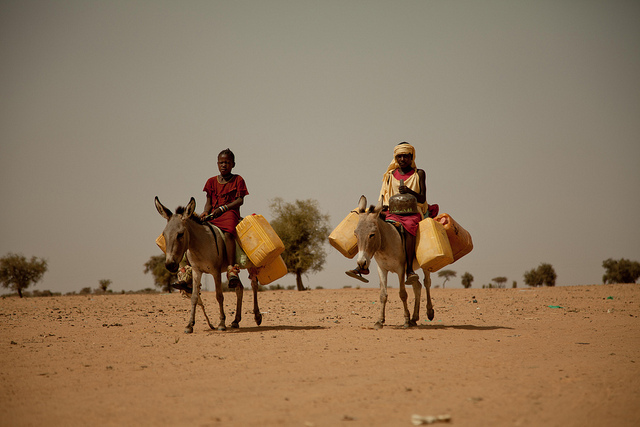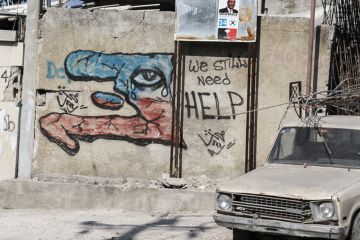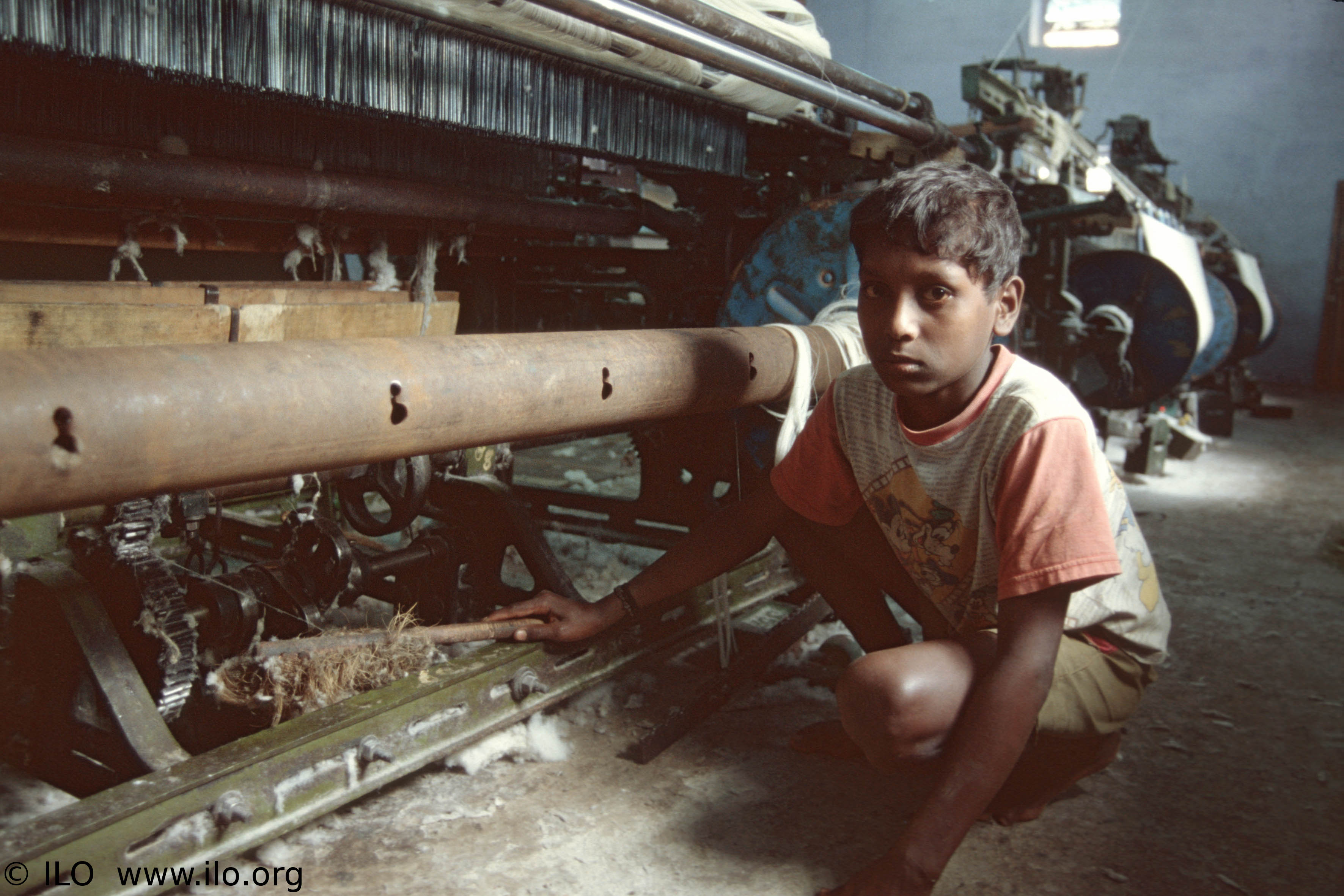Food insecurity has been a persistent problem in the transition zone from the Saharan Desert to the African Savanna, commonly known as the Sahel region, since the food crisis in 2005. This is not only a problem of environmental circumstances due to droughts or destructive land use practices, but also an issue pointing to shortcomings in the region’s social services.
The media has frequently explored the relationship between food insecurity and environmental factors. Environmental problems decrease the available supply of food supply in a region, and the bulk of the humanitarian response is geared to fulfilling this immediate need. However, this response that puts emphasis on crop yields put the region’s long-term food security at risk. IRIN Africa reported that in 2012, after a severe food crisis in the Sahel, donors only gave four percent of $9.7 million needed for education in Mali as they and decision-makers tend to prioritize food over education and other needs in times of crisis.
As a result of this, problems in the region may be inadvertently prolonged. As increasing numbers of schools in Mali were being destroyed and teachers and students fled the violence, and the UN estimated that 80 percent of Malian refugee children of age did not have access to education, leaving them with only basic agricultural knowledge. Further education could empower children with knowledge of sustainable environmental practices and help them prepare for or prevent future disasters.
Knowledge of sustainable practices is especially important as environmental disasters are often exacerbated by poor utilization of the land in previous years or decades. Years of overgrazing in the Sahel has exhausted the regions’ resources. The land gets limited time to fallow as families move around the region to find new fertile land. Many of these new migrants moved in order to escape the droughts and subsequent food crises of 2005 and 2010. The limited fertile land in the region becomes increasingly overpopulated as civil conflicts in the Sahel region and surrounding countries drive increasing numbers of refugees to search for available land.
Most international agencies have taken one of two approaches to fixing the situation of food insecurity. The first is the alleviation of the need for food assistance, and the second, the implementation of various means of empowering individuals to look outside agriculture for livelihood. Following the first approach, the UN’s Food and Agricultural Organization has outlined a project that emphasizes the need to provide assistance to farmers in the Sahel in the form of livestock and grain production. As a short-term solution, the European Union has also pledged to provide economic assistance to farmers to help them cope with food insecurity.
The World Food Programme has implemented various food-for-work or cash-for-assets programs following the second approach. These help diversify production and increase productivity. Governments of various countries in the Sahel are also working to keep their agricultural products for consumption within their own countries due to the volatility of commodity prices and the high cost of importing cereals. The international community has placed emphasis on acting at the first sign of a food crisis and reducing long-term impacts with early intervention.
Chronic food insecurity in the Sahel is not an unfamiliar for the international community. It remains to be seen whether proposed solutions to the problem can provide the region with guarantees for the future.
Written by Victoria Xie





